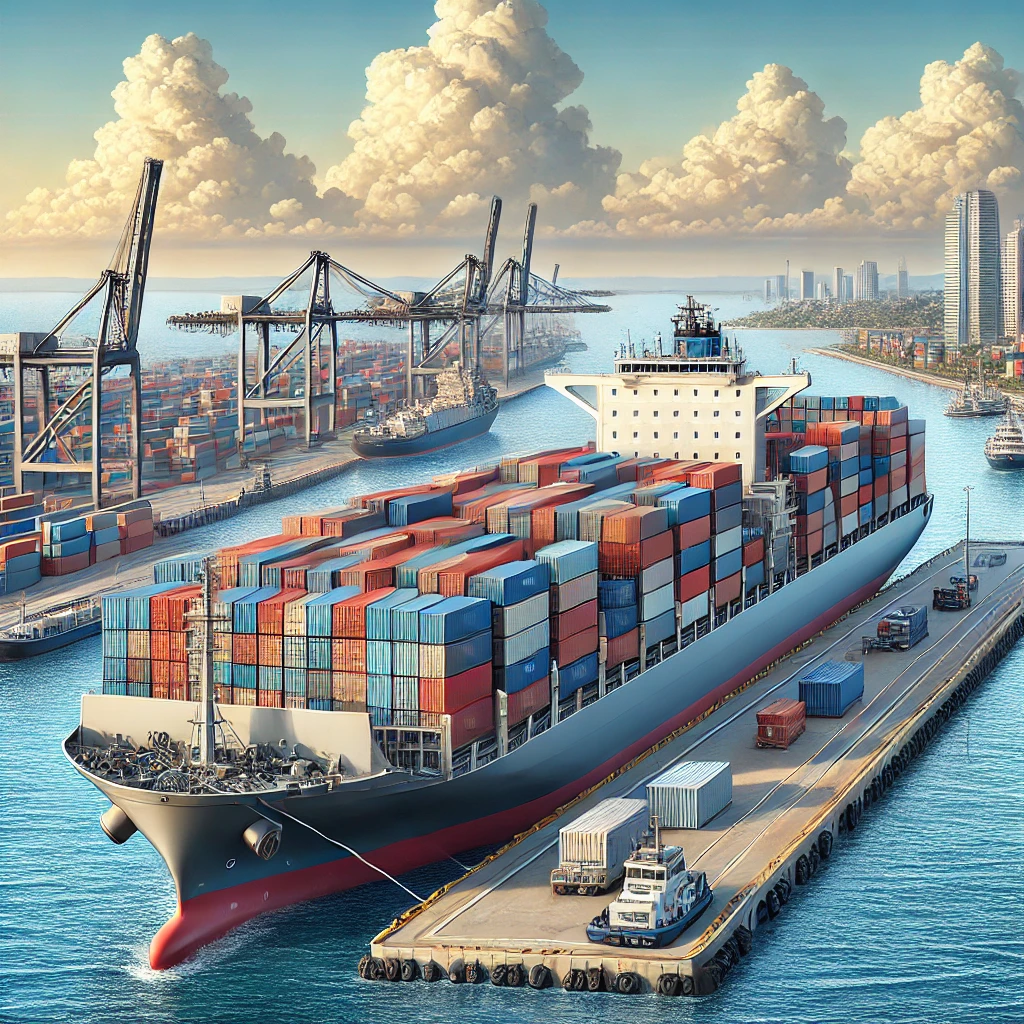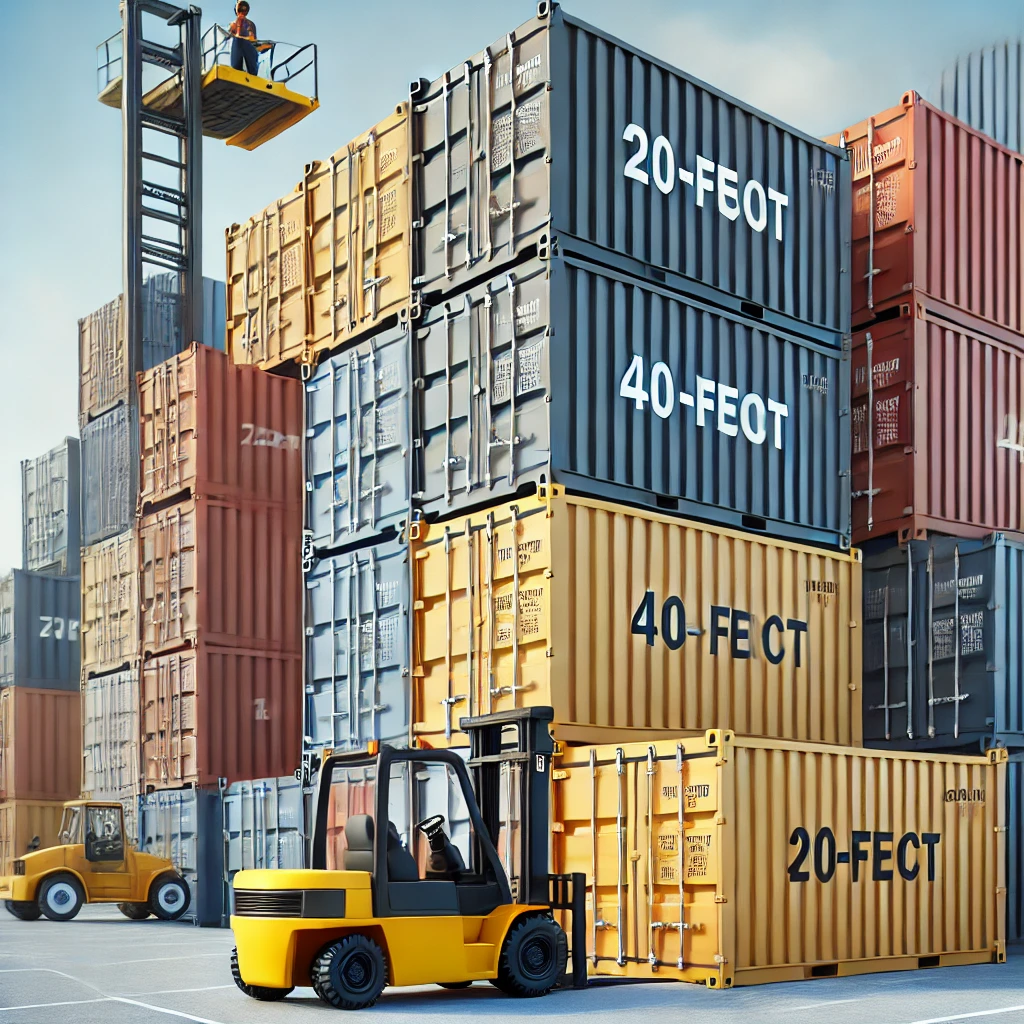The Basics of Shipping Container Length

What is Shipping Container Length?
Shipping container length refers to the measurement of a container from one end to the other. Standard shipping containers come in a few common lengths, primarily 20 feet, 40 feet, and occasionally 45 feet or more, depending on specialized needs. The length of a container determines its capacity and suitability for different types of cargo and transportation.
Key Features of Shipping Container Lengths
- Standardized Sizes:
- 20-foot containers (TEU): These are commonly referred to as Twenty-foot Equivalent Units and are ideal for smaller cargo loads.
- 40-foot containers (FEU): Known as Forty-foot Equivalent Units, these containers are twice the length of 20-foot containers and are widely used for bulkier shipments.
- 45-foot containers: These offer additional capacity and are often used for oversized or high-volume cargo.
- Capacity and Usability: The length directly affects the volume and weight capacity of the container, with longer containers accommodating more goods.
- Adaptability: Longer containers can be used for a variety of cargo types, including pallets, machinery, and raw materials.
- International Standards: Shipping containers adhere to ISO standards, ensuring compatibility across different transportation methods like ships, trucks, and trains.

Practical Uses of Shipping Container Lengths
- Freight Transport: Containers of different lengths are used based on the volume and type of goods being shipped.
- 20-foot containers are ideal for heavy and dense cargo like metals or cement.
- 40-foot containers are suited for lightweight but voluminous goods like furniture or electronics.
- Storage Solutions: Businesses use shipping containers of various lengths as cost-effective storage units for inventory or equipment.
- Construction and Architecture: Repurposed containers, especially longer ones, are popular in construction projects for creating modular homes, offices, and pop-up shops.
- Event and Exhibit Spaces: Longer containers are used to create unique spaces for exhibitions, trade shows, and events.
Importance of Shipping Container Length for Businesses
- Cost Efficiency: Choosing the right container length helps optimize shipping costs by reducing unused space or ensuring cargo fits perfectly.
- Operational Planning: Proper knowledge of container dimensions aids in planning logistics operations, such as loading and unloading procedures.
- Maximizing Payload: Businesses can maximize the payload by selecting containers with lengths that match their cargo requirements.

How to Choose the Right Shipping Container Length
- Assess Your Cargo: Evaluate the size, weight, and type of goods you are shipping to determine the appropriate container length.
- Consider Transport Mode: Factor in the mode of transportation (ship, rail, or truck) and any associated size restrictions.
- Plan for Efficiency: Avoid overpaying for unused space by selecting a container length that matches your cargo volume.
Common Misconceptions About Shipping Container Lengths
- All Containers Are the Same Length: While 20-foot and 40-foot containers are standard, longer containers like 45-foot ones are also widely used.
- Larger Containers Are Always Better: A larger container may not always be cost-effective if the cargo doesn’t fill the space adequately.

Conclusion
Understanding the basics of shipping container lengths is essential for professionals and businesses aiming to streamline their logistics and shipping operations. By selecting the right container length, businesses can optimize costs, improve efficiency, and enhance their overall supply chain performance. Whether you’re transporting goods internationally or repurposing containers for creative uses, knowledge of container lengths is a vital part of making informed decisions in today’s global trade landscape.
.
